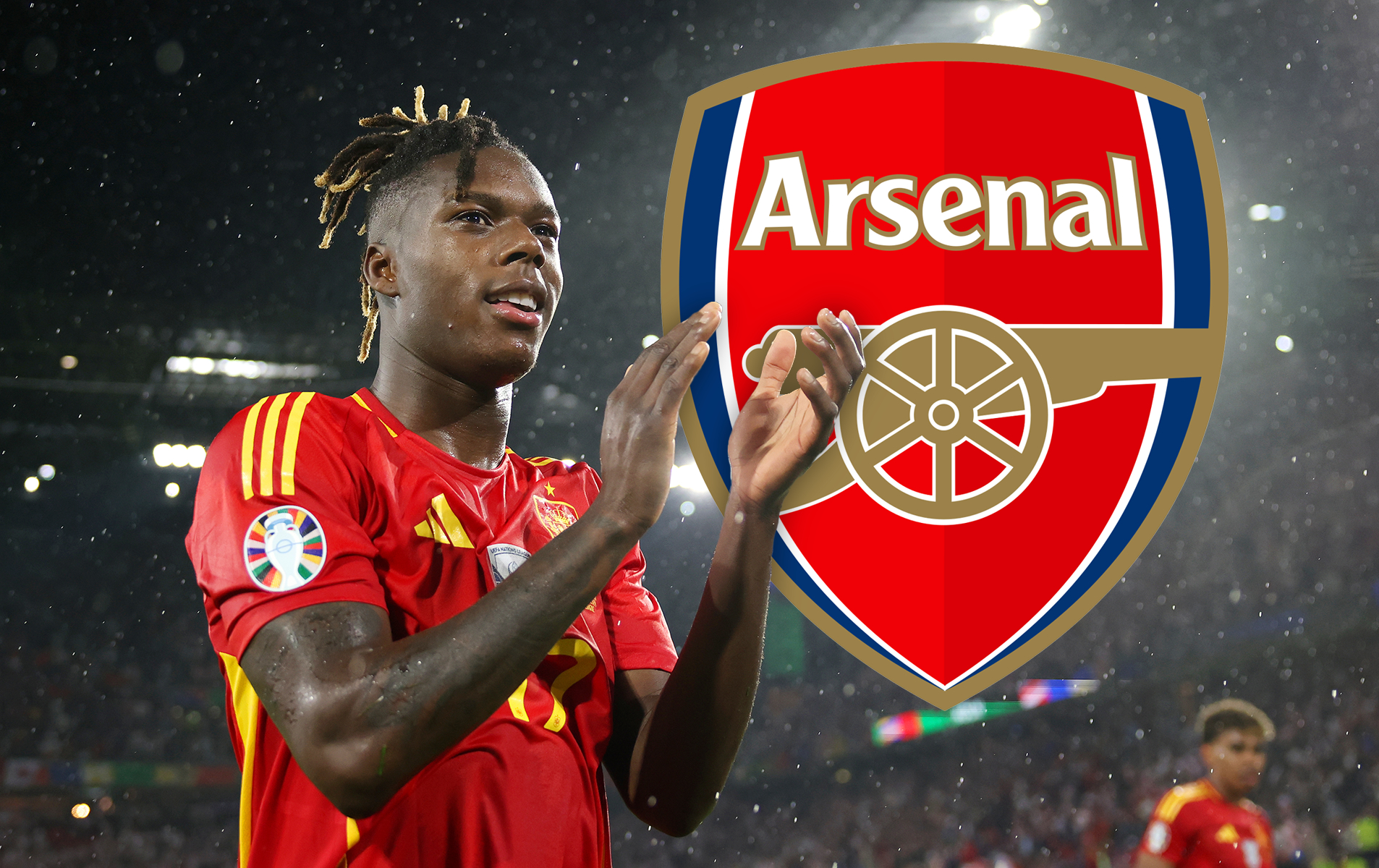Manchester United's gym club
Roy Keane, Cristiano Ronaldo, Ryan Giggs and Paul Scholes were among a group of players who embraced new training methods at the club at the turn of the millennium
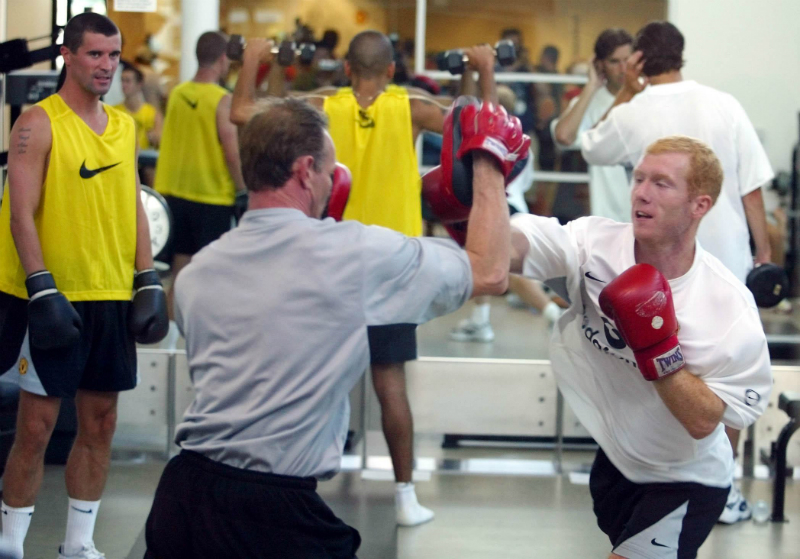
After Manchester United won the treble in 1999, Sir Alex Ferguson made one of his most important signings when he added power development coach Mick Clegg to his backroom staff.
His job was to slowly introduce plyometrics – explosive jumping exercises – and weight training to maximise the athletic potential of the first team squad.
Clegg helped to form a gym culture at the club’s Carrington training ground, as the Red Devils’ star names added conditioning work to their daily diet of technical training.
Related story: Train like Manchester United
Get FourFourTwo Newsletter
The best features, fun and footballing quizzes, straight to your inbox every week.
Roy Keane, Cristiano Ronaldo, Paul Scholes, and Ryan Giggs sampled new training methodologies as they adapted to football’s physical evolution at the start of the 2000s.
FFT caught up with Clegg to find out a little bit more about United’s gym club and exactly what those four names did to gain an edge over their rivals. You might just be able to do the same...
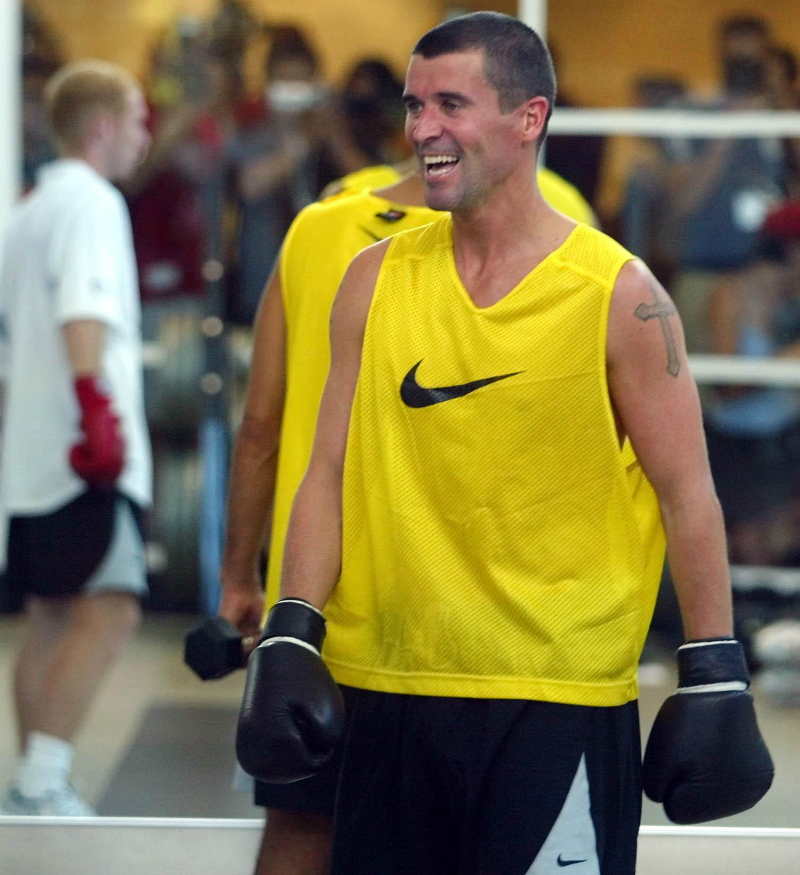
Roy Keane
When I first met Roy he was recovering from an injury and he asked me to help him get fit. Before I did that, I told him we were going to sit down and have a cup of tea. It was important I got to know him before I started training him. He told me he’d been an amateur boxer during his youth and I explained how I’d ran a boxing club earlier in my career. We decided to do some boxing training and I soon found out he was a ferocious puncher and a great character to be around.
Related story: Amir Khan’s summer boot camp
After just one training session with him, other players wanted to try boxing. They saw Roy doing something different and wanted to copy him. He has tremendous leadership qualities. He inspires people to do the right thing if they’re of the right mindset. That’s the part of his character people don’t always see. Roy is a really tough character who can take a lot of stick and dish it out as well. But most of all he moulds people into being the best that they can be.
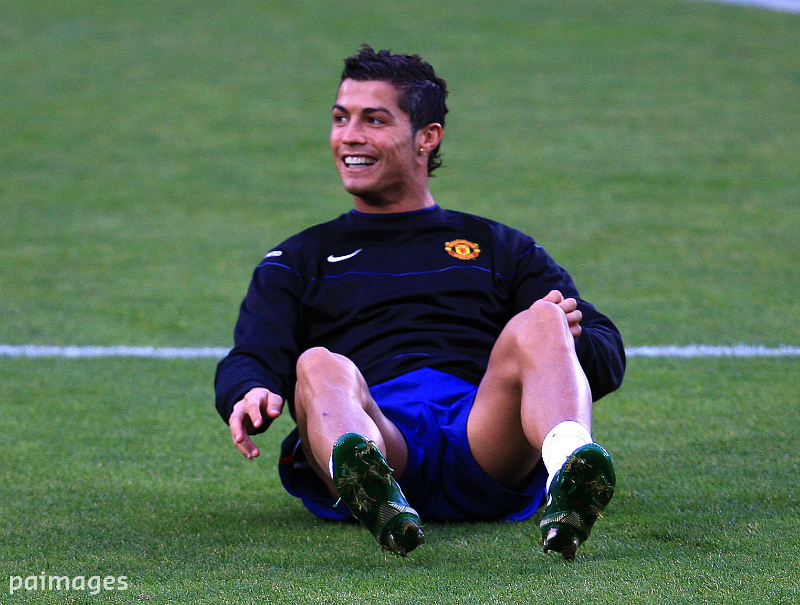
Cristiano Ronaldo
Cristiano was very open-minded and he would try different types of training to see if they would improve his own game. He’s a wonderful competitor and one thing I always remember is how he used to do a boxing-style core workout after training. I’d toss a medicine ball to him and he’d catch it, do a sit-up and twist from side to side before throwing it back. He wanted to see if he could do as many as the boxers I used to train. Unsurprisingly, after a few weeks he surpassed their efforts. He was always looking for an edge.
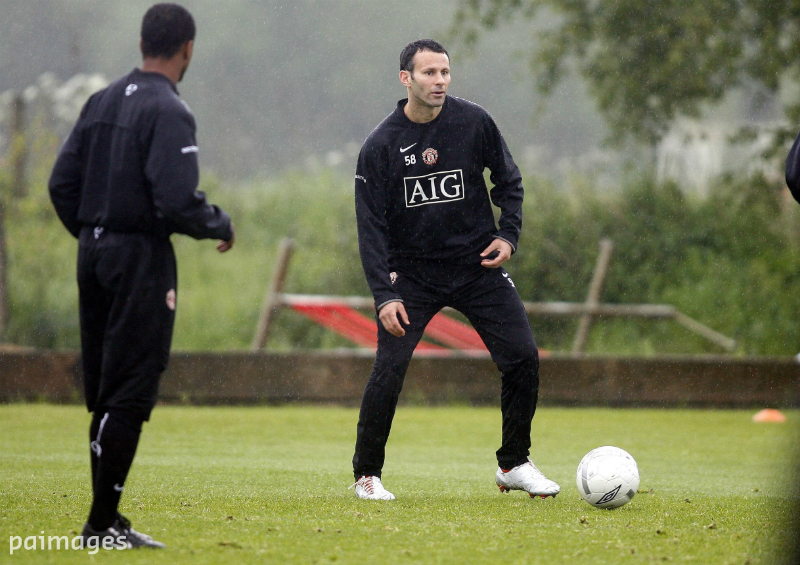
Ryan Giggs
Ryan was the only player who came close to Cristiano when it came to the gym. He was so dedicated. He would always set me little tasks to help improve parts of his game. One thing that used to frustrate him was his crossing. He could beat men for fun but he felt his crossing let him down. Eventually I designed a training drill where he had to run with a ball in the gymnasium and then try and hit a small fitball that I would throw in the air. After a while he was hitting it nine times out of 10, which wasn’t an easy thing to do. Lots of other players tried to do the same routine but none of them came close to Ryan.
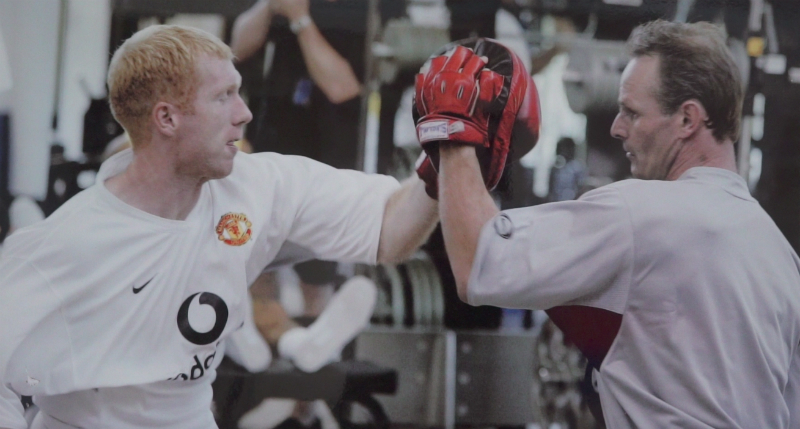
Paul Scholes
The gym wasn’t the place Paul really wanted to be but he used it when it was necessary. When it came to weights and sprint times, he wouldn’t score highly. But his ability to see things on the pitch in terms of his peripheral vision - seeing the players on his team or opponents trying to take the ball off him – was exceptional. His reaction times and his ability to move from one place to another very rapidly were unusual for a guy who wasn’t quick or strong on a weights based exercise. We would use various pieces of technology to train reaction speed and vision and he always came out on top.
Related stories:
Bryan Robson: How to be the ultimate captain
Cristiano Ronaldo’s training secrets
Cross with precision, pace and accuracy
Supercharge your reaction speed
